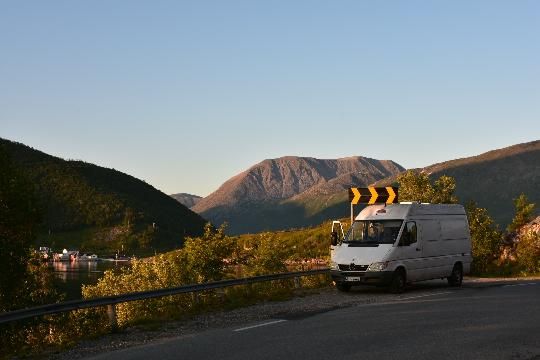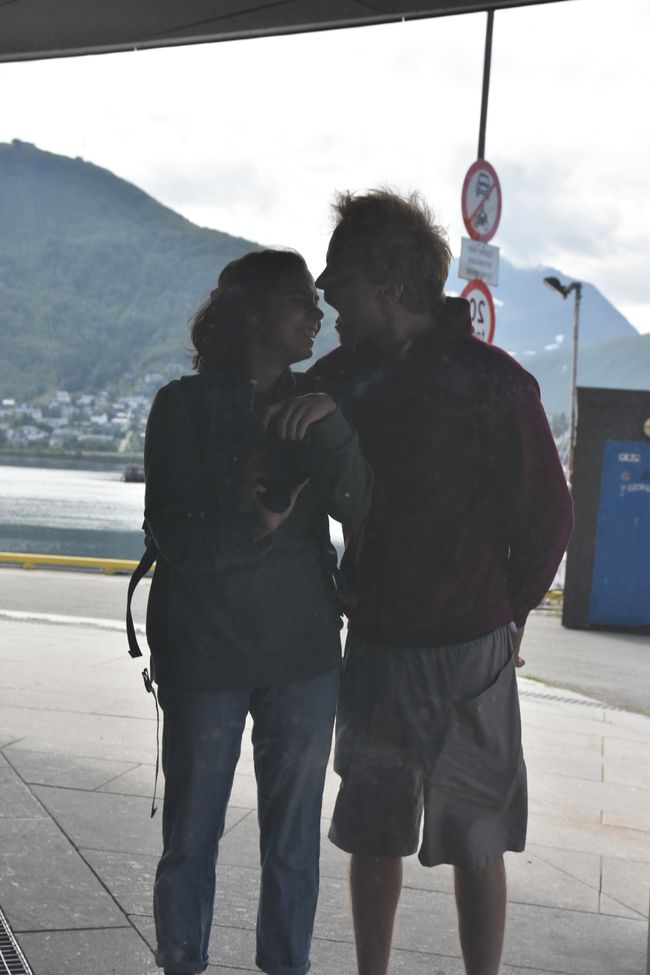Tag 133-139 - MitbrInsel für euch.
Chop etilgan: 01.02.2019
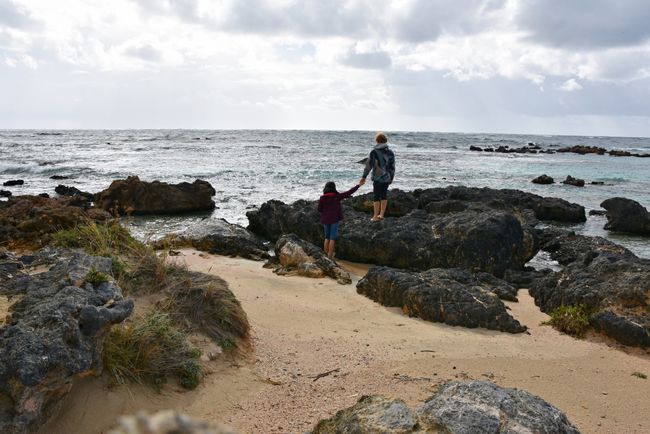
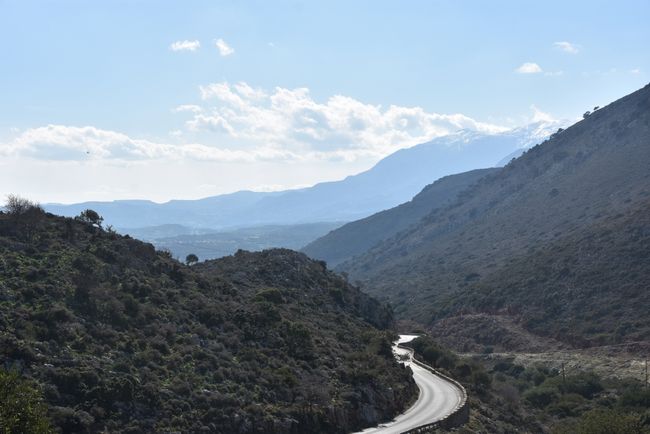
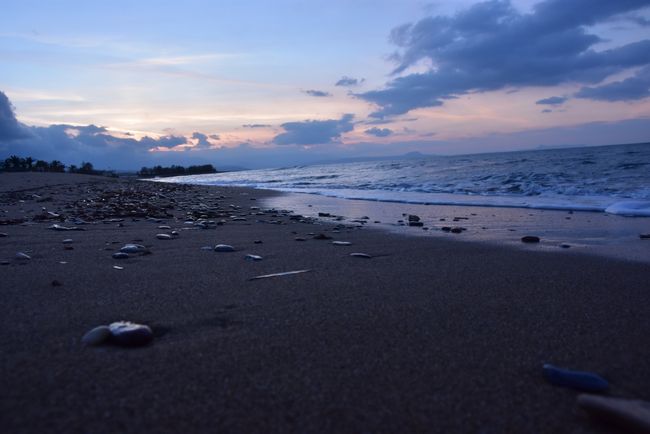
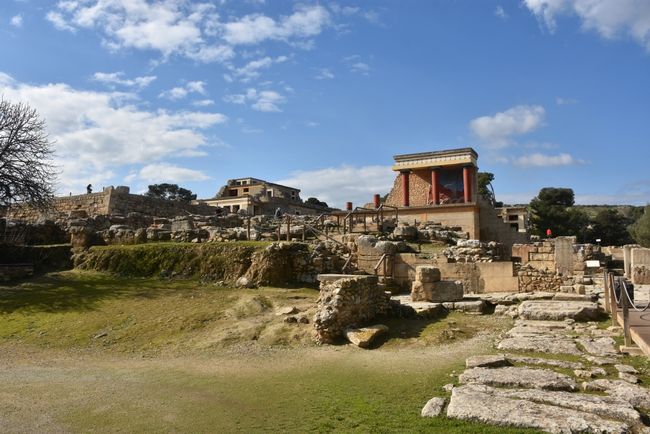
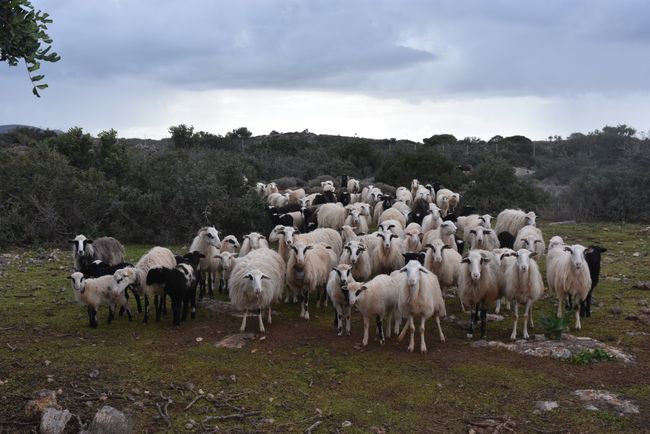
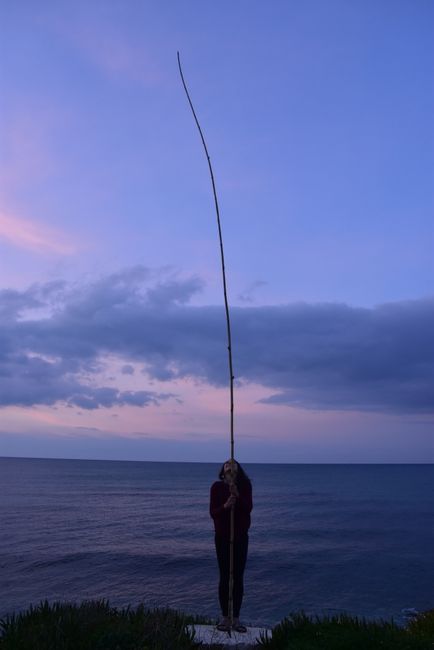
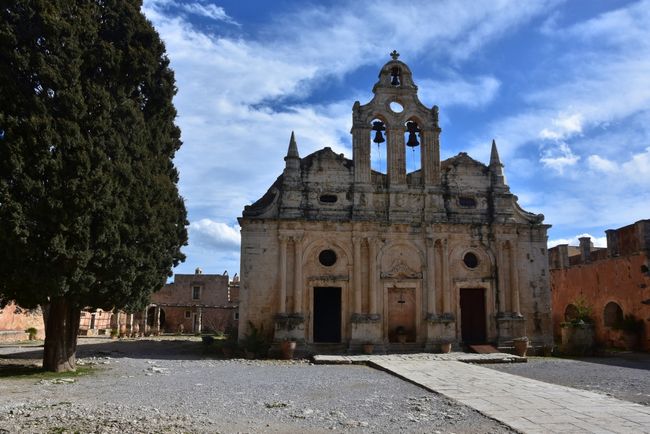
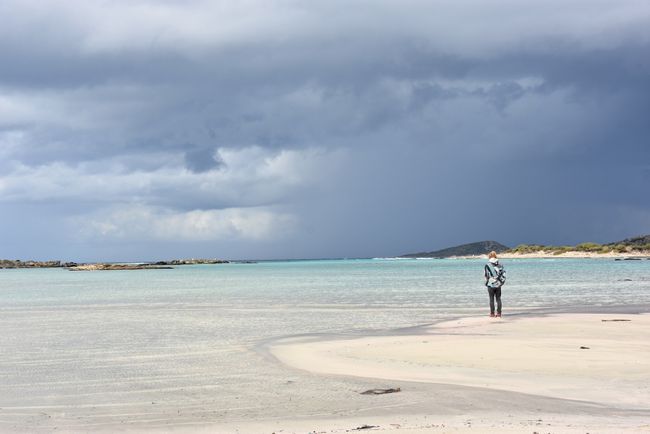
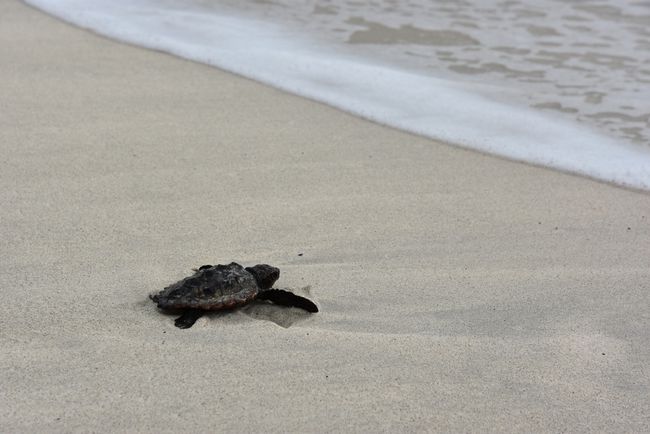
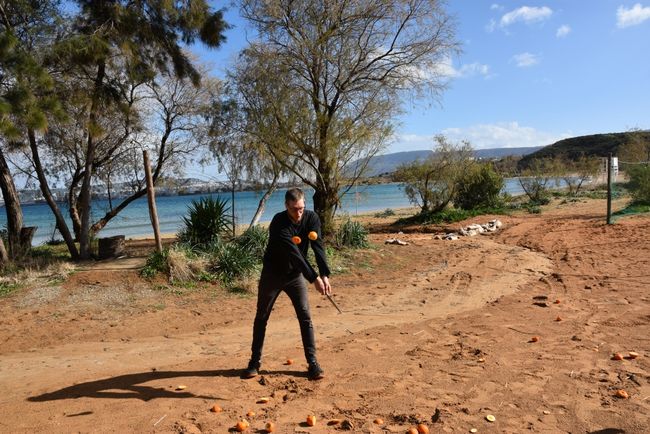
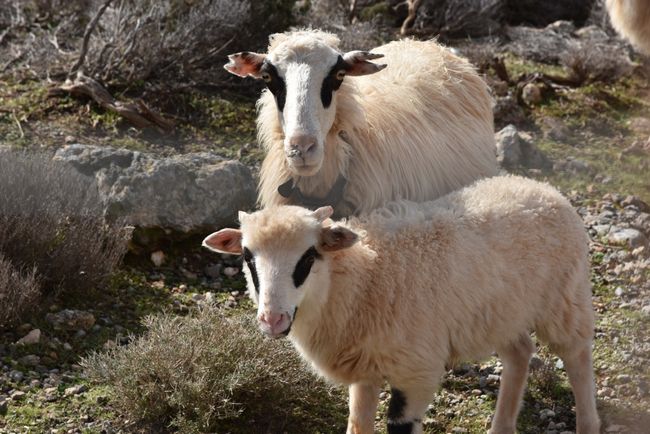
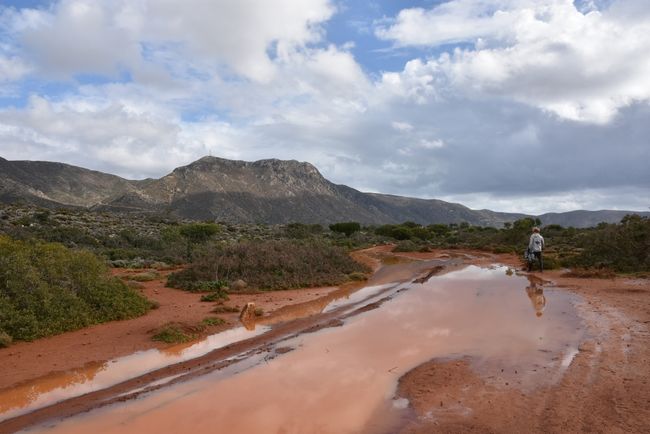
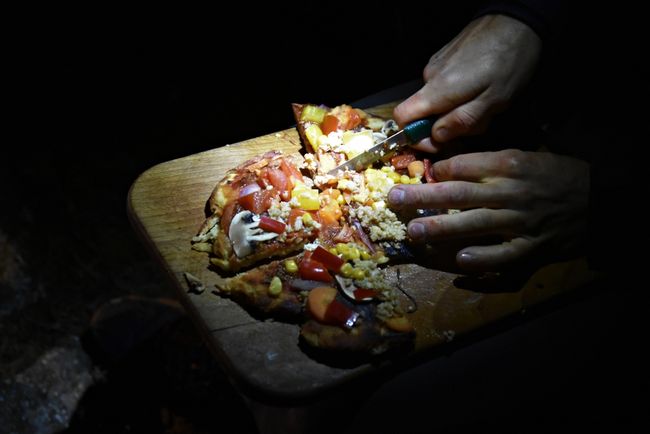
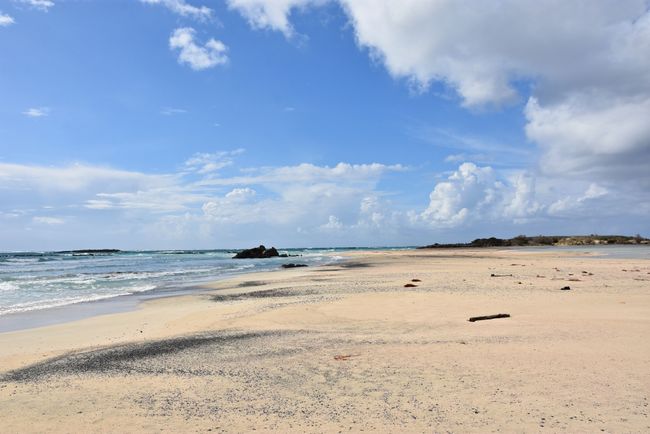
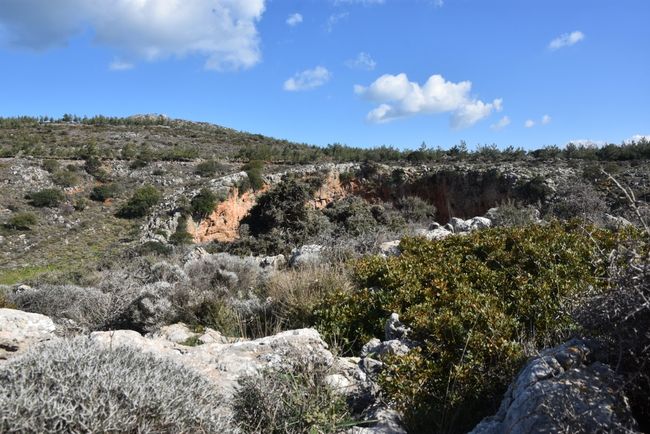
Axborot byulleteniga obuna bo'ling
Hello and welcome back to a excursion about the beautiful island of Crete. Our second week here we didn't just use for climbing, but also to inform ourselves thoroughly about the eventful history of Crete (and that's not just because I was sick and terribly bored). So let's get started right away to share all the interesting information we have read - believe me, the list is long. Because, to quote Nico: "On Crete, a lot was going on."
The starting point for a history as occupied and resistant as that of Crete is the strategically advantageous location of the island. It is 294 kilometers to Africa, 180 kilometers to Asia, and only 97 kilometers to the European mainland, everything that the sea power heart desires. As a result, the position of power on Crete was fiercely contested and changed as often as the island's population.

Although Crete was settled early on, it only became really interesting with the Minoan culture from around 3000 BC. It was the first high culture in Europe. Its cultural and economic upswing was also due to the clever location of Crete, as the predecessor cultures were further developed by influences from seafarers and immigrants from Asia Minor. The time is named after the mythical king Minos, who, although he was the king of Crete, is the subject of many Greek myths. According to them, Zeus was born in a cave on the Cretan mountain Dikte. After he had abducted Europe to Crete, he fathered three sons with her, who fought for the position of the king. One of them was Minos, who asked Poseidon for help and promised to sacrifice everything that appeared from the sea. Poseidon sent a powerful bull, thanks to which Minos became king. But he sacrificed a different bull instead, which angered Poseidon so much that he punished Minos' wife Pasiphae with the desire to sleep with said bull. From this rather unusual connection (I don't judge) the man-eating Minotaur and with it material for many more myths arose (which I spare you at this point).
We got a sense of the Minoan architecture during a visit to the Palace of Knossos, which is considered the historically most important place in Crete. (Luckily, we were there in winter, in summer you can hardly find a parking space.) After the end of the Minoan Age, the rule of the Mycenaean Greeks began and with it the first Greek-speaking population of Crete, who took over the existing palaces.

After a short period as aRoman province, the first conquerors of Arab origin arrived on the island. Around 10,000 rebels from Islamic Spain used Crete as a base for their pirate raids from around 824. They called the island Al-Khandag and used the later Iraklion as their capital, which has held this status to this day and is now the fifth largest city in Greece.
In 961, the island fell back to the Byzantine Empire, until the Republic of Venice bought Crete for the official price of 1000 silver Marks. From 1204 to 1669, Crete was the most important Venetian colony and around 4000 Venetians settled there. Under Venetian rule, many typical elements of architecture and art developed, such as the Cretan school, a certain type of painting. Cities like Rethymno, Iraklio or Chania with their Venetian ports and fortresses are still influenced by this period today. The Cretans resisted the occupation in about 10 rebellions, all of which ended in failure. Nevertheless, Venice never managed to introduce Catholicism on Crete.
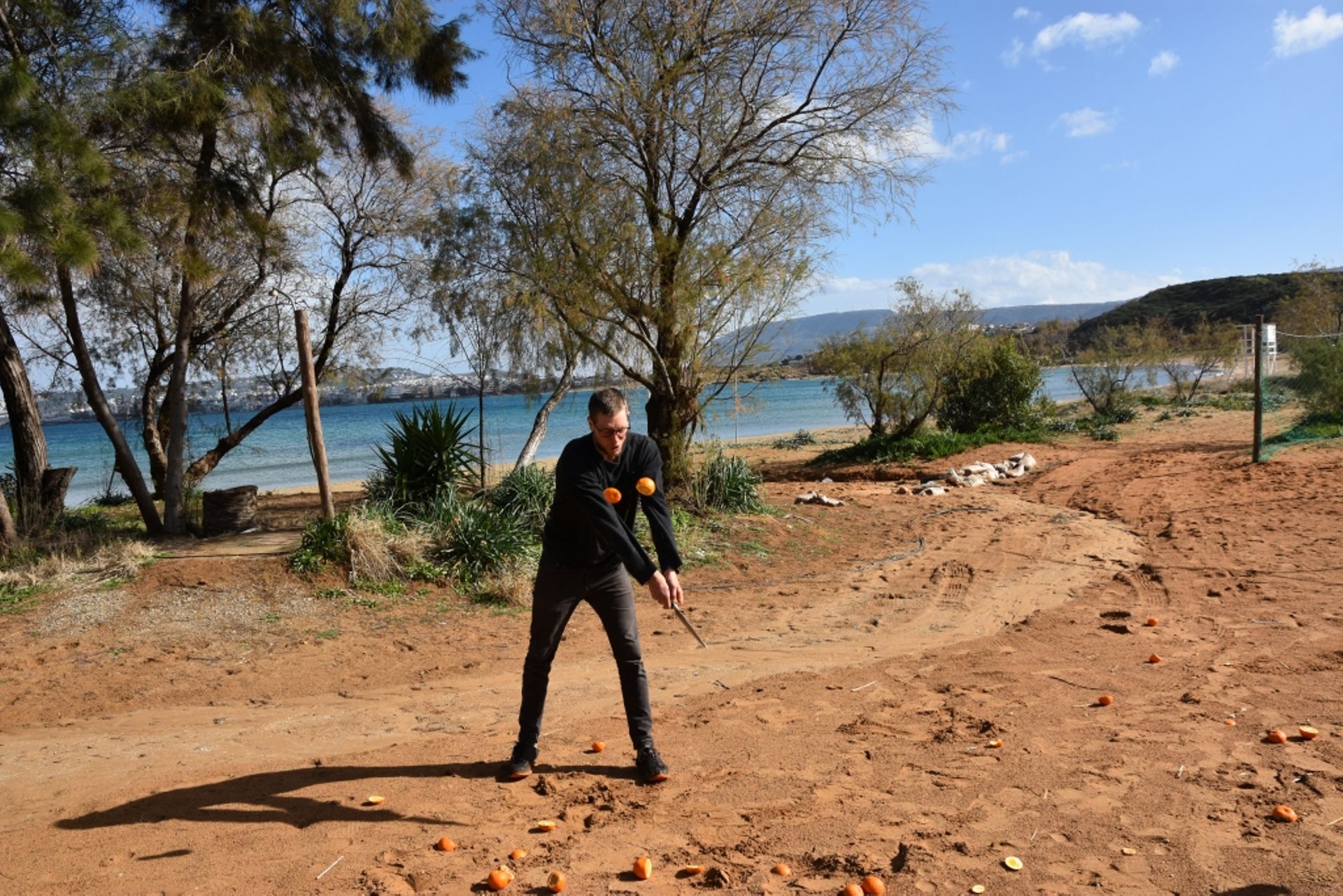
In the War for Crete between 1645 and 1669, the Ottoman Empire finally wrested control from the Republic of Venice. Iraklio, then known as Candia, fell last and held out for a 21-year siege. The Ottomans even built their own fortress outside the actual (Venetian) fortress of the city for that purpose.
Under Ottoman rule, some Cretans converted to Islam and many Arabs settled on Crete, soon about 70 percent of the population in the cities were Muslims. We experienced the importance of the occupation for the inhabitants of Crete impressively at Arkadi Monastery, where monks and villagers fortified themselves during the great Cretan uprising and eventually blew themselves up together with the invading Ottomans. Throughout the occupation, there were repeated uprisings, one of which led to the Greco-Turkish War between 1896 and 1897. The kingdom of Greece supported the Cretan uprising and even though the Ottomans won, Crete received extensive autonomy in the subsequent peace treaty as a protectorate of Prince George of Greece. This de facto independence did not last long, because as part of the Greco-Turkish War after the end of World War I and the beginning dissolution of the Ottoman Empire, Crete was united with Greece in 1913. As a result of the union with Greece, all Muslims had to leave the island - including those of Greek descent.

In the Second World War, unfortunately, the German Reich also recognized the strategic importance of Crete and captured the island in a large-scale airstrike in 1941. For the Cretans, this marked the beginning of a terrible time full of incomprehensible war crimes, where homelessness, poverty, executions, forced labor, and food shortages were the order of the day. The partisan fighting of the Cretans, supported by spies and saboteurs from the Allied countries, led to some successes such as the destruction of German airplanes, but also to increasingly cruel measures on the part of the German occupation. The German soldiers killed civilians, executed entire villages, and burned down houses. Prisoners of war, rebels, and Jews were supposed to be shipped to concentration camps, but the ship sank on the way there due to an attack by the British, and the prisoners drowned. Crete was under German occupation until autumn 1944, during which time about 8000 Cretans perished and only four people from the Jewish population are said to have survived.
After the end of the war, poverty was still not over and the residents used war materials in their everyday lives. Helmets became feeding bowls, bombs became bells, and parachutes and tents became clothing.
Unfortunately, the suffering did not end there, and Crete, together with all of Greece, suffered from the consequences of the Civil War after the end of World War II and the military dictatorship from 1967 to 1974. It was only in 1974 that more peaceful times returned to Greece with democracy and to Crete as well.

What a dramatic history for such a small island! Despite the unfortunate periods of Cretan history, a deeper insight into these backgrounds was really very interesting (and hopefully for you as well). We now have a better understanding of how Orthodox churches, mosques, and Venetian lighthouses fit together within a harbor and we admire how warmly all the people here welcomed us despite the terrible role our home country played in the history of Crete.
No matter where we parked our cars, no matter how deep we accidentally drove into the pastures and olive groves of the farmers, we were greeted friendly everywhere.

We did explore quite a bit of Crete. After a few days of climbing in Voulismeno Aloni, a stay in Iaklio, and a detour to Retyhmno, we still had time to explore the beautiful beach of Elafonisi. Thanks to the dubious navigation of Maps, Gretchen had to use all her off-road skills to get there and in the end, we had to walk the last few kilometers anyway. But at least we got to enjoy a nice hike right through the herds of sheep and goats to the even more beautiful beach. In summer, it is definitely not an insider tip, but at this time of the year, it was pleasantly empty. We hardly encountered anyone except for a little turtle on the shore. The water is turquoise blue, the sand is white, and the water in the bay is so shallow that you can wade to the opposite island Lafonsi. Elafonisi is rightly a nature reserve that will hopefully be preserved and kept clean for a long time.

We then made our own small contribution to a clean sea together with Nico in Chania, where we collected five bags of litter from the beach in 15 minutes. It's crazy what people leave behind and what gets washed up. From stuffed animals to petrol canisters, everything was there. Not only this experience has made us think a lot lately about how we can live in a more sustainable and environmentally friendly way, in the van and in the future. (A blog post on this important topic is in progress.) Nico was able to contribute a lot to this, thanks to his studies in the field of renewable energy, and we are very grateful for his input! Not only on this topic, but also for climbing tips, camping recipes, and card games. Have a great time on the road, we'll see you again in Berlin!
We are slowly but surely heading home. The ferry ride from Crete to Athens will soon be followed by the longer crossing to Venice, and yes, then our trip will actually be over. We still have a few more days, which we want to spend near Patras.
Until then, history on!
Axborot byulleteniga obuna bo'ling
Javob
